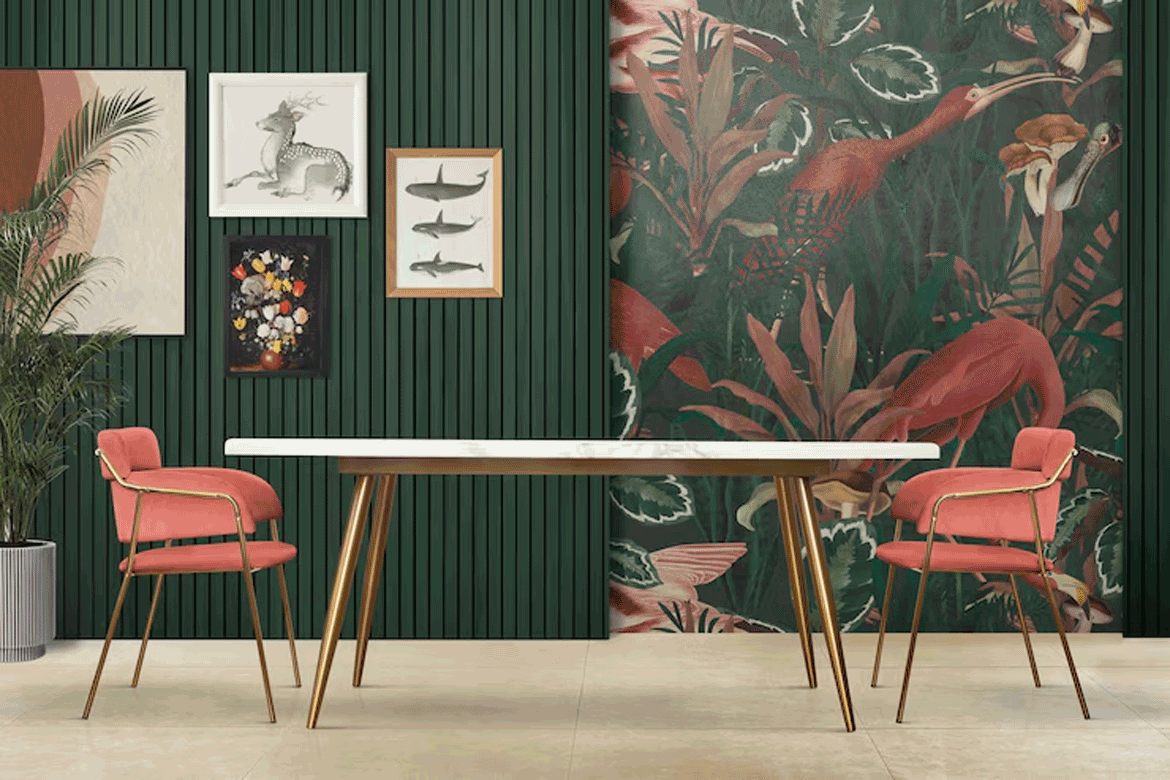Five Factors Explain Why Glass Bending Is Developing Into a New Interior Design Trend
- We have previously written numerous articles on glass features for Home Senator. Everything from the newest trend in glass garage doors to bathroom makeovers. That being said, today we will focus on glass bending.
- With its rich history, glass bending—a process that combines art, industry, and innovation—allows glass to be shaped at high temperatures. Glass bending has historical roots, but in the 20th century, manufacturing and technological developments completely changed the practice.
- But it was the avant-garde efforts of designers and artists like Frank Lloyd Wright and Alvar Aalto that introduced curved glass into the contemporary period and showed off its ability to produce supple, organic shapes in both architecture and design.
- These days, glass bending is becoming a cutting-edge interior design trend, especially for homes, as it combines futuristic aesthetics, form, and function.
- As an example, New York City is emerging as a bit of a glass bending hotspot, with designers creating bespoke and artisanal glass bending for customers. It is also particularly well-liked in Scandinavian and Italian parts of Europe.
- Therefore, without further ado, let’s investigate some of the primary causes of the recent surge in popularity of glass bending.
-
Improving Dynamics in Space
- By departing from conventional straight lines and geometric shapes, glass bending gives interior spaces a fresh perspective. Partitions, room dividers, and even sculptures that blend in perfectly with the interior design can be made with curved glass.
- This mobility can push the limits of traditional room layouts by giving the impression that spaces are larger and more dynamic. Homes can feel more unified and visually appealing when curved glass is used to add a softness and continuity to the curved lines.
-
Strengthening Natural Lighting
- There are more opportunities for natural light to enter interior areas when bent glass is used in windows, doors, and skylights. Curved glass, in contrast to flat glass, has special abilities to disperse and capture light, resulting in bright spaces that alter throughout the day.
- By boosting exposure to natural light, this not only improves a home’s visual appeal but also fosters wellbeing.
- Glass is a great option for houses that want to combine interior and outdoor living because of its translucency, which also preserves privacy while fostering a connection with the outside world.
-
Creating a Strong Visual Impression
- First impressions count when it comes to interior design. Features made of bent glass are eye-catching aesthetic components that help establish a home’s personality.
- Curved glass lends a sense of sophistication and elegance to a variety of design elements, such as a unique shower enclosure, sweeping staircase with glass rails, and custom light fixtures. These elements have the potential to become room focal points, attracting attention and igniting discussion.
- Due to the bespoke nature of glass bending, each piece may be customised to match the particular requirements and design of a home, adding a special and individual touch.
-
Improving the Economy of Energy
- Modern glass bending technology has significantly enhanced the thermal characteristics of curved glass, which makes it a sensible option for energy-efficient interior design.
- Bending glass that has been thermally treated and double-glazed can help control interior temperature and lessen the demand for heating and cooling. This results in reduced energy expenses and consumption as well as a more comfortable living environment.
- Bending glass is a desirable option for environmentally aware homes because it may incorporate these qualities without sacrificing beauty or aesthetics.
-
Providing Design Versatility
- Glass bending’s adaptability makes it possible to use it in both classic and modern design aesthetics.
- It can be used with more traditional décors or utilised to create sleek, modern effects by using textured or tinted glass. For designers who want to push the limits of what’s possible in interior design, bent glass is a useful tool because of its versatility.
- Bending glass offers countless opportunities for personalisation and creativity, whether it’s for establishing smooth transitions between areas, enhancing a bathroom’s elegance, or designing a warm and welcoming entrance.
- By providing creative solutions that blend aesthetics, practicality, and sustainability, glass bending is expanding the parameters of interior design.
- It is a rapidly emerging trend in residential architecture because of its capacity to improve energy efficiency, amplify natural light, create visual impact, and give architectural adaptability.
- Glass bending in houses has a bright future ahead of it, one that promises to create more individualised, lit, and flowing rooms as technology and methods advance.
READ MORE ARTCLES:
